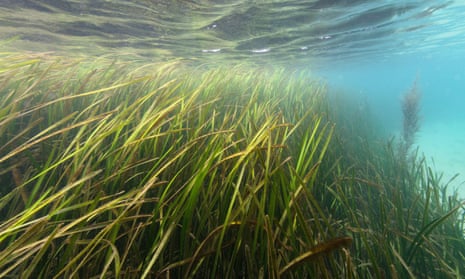A rhizome with long green leaves attached left stranded on a beach after a winter storm shows that just offshore are undersea fields of common eelgrass, Zostera marina. Remarkably, eelgrass is a plant, not algae like seaweed.
The plants grow in sunlit shallow water producing seeds like terrestrial grass and using photosynthesis to grow. Their rhizome root system spreads under the sand, as a second reproduction method, and in doing so stabilises the seabed, although their shallow habitat makes plants vulnerable to being uprooted by storms. Though the floating rhizome has the potential to begin a colony elsewhere.
Seagrass is a vital habitat for such creatures as seahorses and pipefish, is a nursery ground for fish and is capable of capturing more carbon than rainforests. Since there are an estimated 36 sq miles of eelgrass around the coasts of Britain, these plants are vital in keeping the climate stable.
after newsletter promotion
Like so many of natural wonders, eelgrass has been damaged by pollution, disease and other manmade disturbances, such as speedboats. It is classed as an endangered species but can be saved. Efforts are being made to sow seedlings off the West Country to restore what were once undersea meadows and marine conservation areas are being created.

Comments (…)
Sign in or create your Guardian account to join the discussion